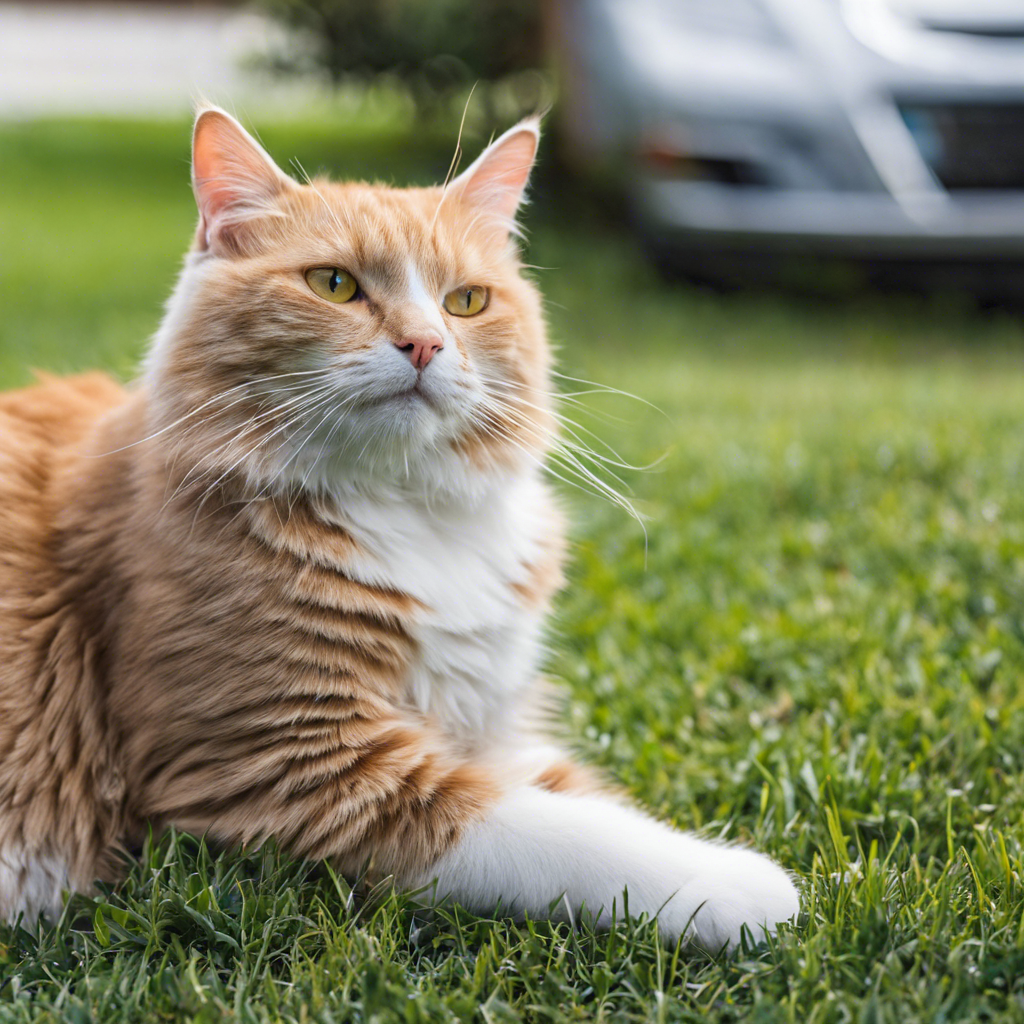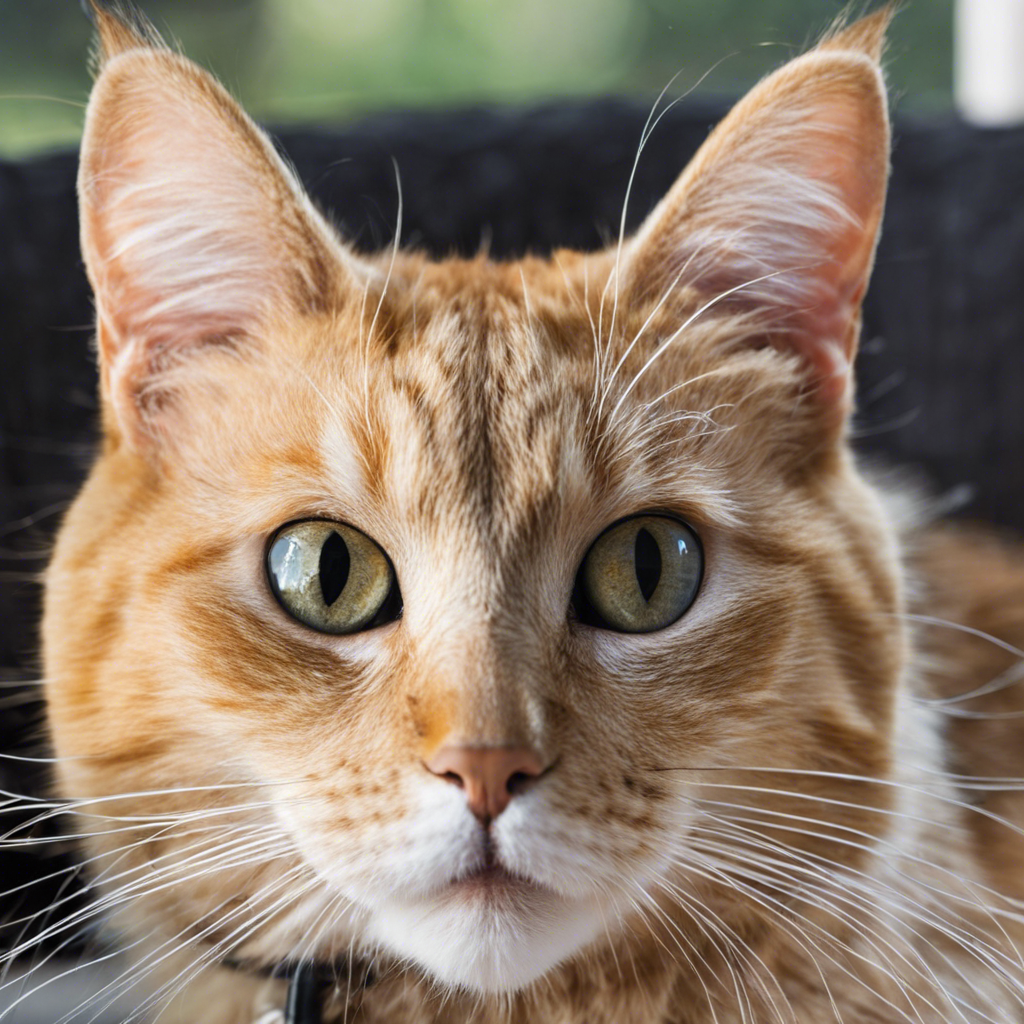Cats, with their innate independence and enigmatic nature, are beloved pets, but they can also be creatures of habit. This is especially true for blind cats, for whom routine and consistency can bring numerous benefits to their lives, enhancing their overall well-being and happiness.
Blind cats rely on their other heightened senses to navigate and understand the world around them. Routine plays a vital role in helping them build a mental map of their surroundings. A consistent daily schedule provides blind cats with a sense of structure, enabling them to predict and anticipate their environment, which is crucial for their confidence and sense of security. A blind cat knowing where their food bowl is located, or being able to find their favorite sunny spot for an afternoon nap, gives them a sense of control and independence.
A consistent routine also aids in the development of trust between the cat and its owner. Regular mealtimes, play sessions, and grooming routines all contribute to a sense of familiarity and security. Over time, the cat learns to rely on their owner’s presence and care, fostering a deep bond between them. This trust is particularly important for blind cats, as they may be more vulnerable and dependent on their caregivers for guidance and safety.
Mealtime is an important part of any cat’s day, and for blind cats, it’s no different. A set feeding schedule not only helps regulate their digestive system but also provides a source of comfort and routine. Blind cats can learn to associate the sound of their owner preparing food or the feel of their owner’s presence at mealtimes with the anticipation of a tasty meal.
In addition to mealtimes, playtime is also essential for blind cats. Interactive play sessions provide mental stimulation and physical exercise, preventing boredom and helping to keep them fit and healthy. Incorporating consistent playtimes into their routine gives blind cats something to look forward to and adds structure to their day.
Grooming routines are another aspect of caring for blind cats. Regular grooming sessions not only help keep their coats healthy and knot-free but also provide an opportunity for bonding and tactile stimulation. Blind cats may particularly benefit from the familiarity of routine grooming, as it helps them stay relaxed and comfortable in their surroundings.
By providing a sense of structure, security, and trust, routines empower blind cats to navigate their world with confidence and ease. Owners can enhance their blind cat’s quality of life through simple measures such as consistent feeding, play, and grooming schedules. This consistency fosters independence, builds trust, and ultimately strengthens the bond between owner and cat.
Blind cats may initially seem more challenging to care for, but with routine and consistency, they can thrive and lead happy, fulfilling lives. Owners play a crucial role in creating a supportive and predictable environment, enabling these cats to overcome their disability and experience the world in their own unique way.
It is important for owners of blind cats to understand the benefits of routine and consistency, and how these simple practices can make a significant difference in their cat’s overall well-being. By prioritizing structure and predictability, owners can help enhance their blind cat’s quality of life and create a strong, trusting relationship.
Veterinarians and cat behaviorists also emphasize the importance of routine for blind cats’ mental health and emotional well-being. A consistent daily schedule helps reduce stress and anxiety, promoting a sense of calm and stability. This is especially beneficial for blind cats who may be more susceptible to feeling disoriented or overwhelmed in unfamiliar surroundings.
Lastly, for blind cats, routine veterinary care is of utmost importance. Regular check-ups and health assessments ensure their overall health and allow vets to detect any issues early on. This consistency in veterinary care provides an opportunity to address potential health concerns proactively, enhancing the cat’s long-term well-being.
In conclusion, blind cats can thrive and lead fulfilling lives with the help of routine and consistency. Their heightened senses and ability to build mental maps of their surroundings empower them to navigate with ease and confidence. Through the creation of a structured environment and predictable routines, owners can witness the many benefits that a consistent lifestyle brings to their beloved blind cats.










